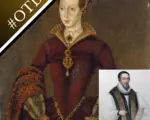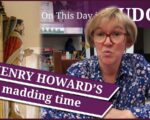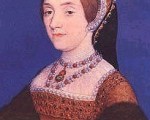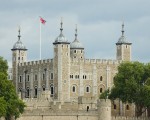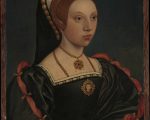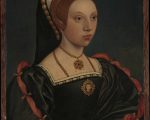
On this day in Tudor history, 13th February 1542, Catherine Howard, the fifth wife of Henry VIII, and Jane Boleyn, Lady Rochford, were executed at the Tower of London.
Their crime?
Treason against the king – but was Catherine guilty of more than youthful indiscretion? And why was Jane condemned alongside her?
The story of Catherine Howard is one of ambition, betrayal, and a tragic downfall. A young queen who once captured the heart of Henry VIII, she would ultimately face the same fate as her infamous cousin, Anne Boleyn. But Catherine’s downfall wasn’t just about her past—her secret meetings with Thomas Culpeper proved to be her undoing.
[Read More...]

